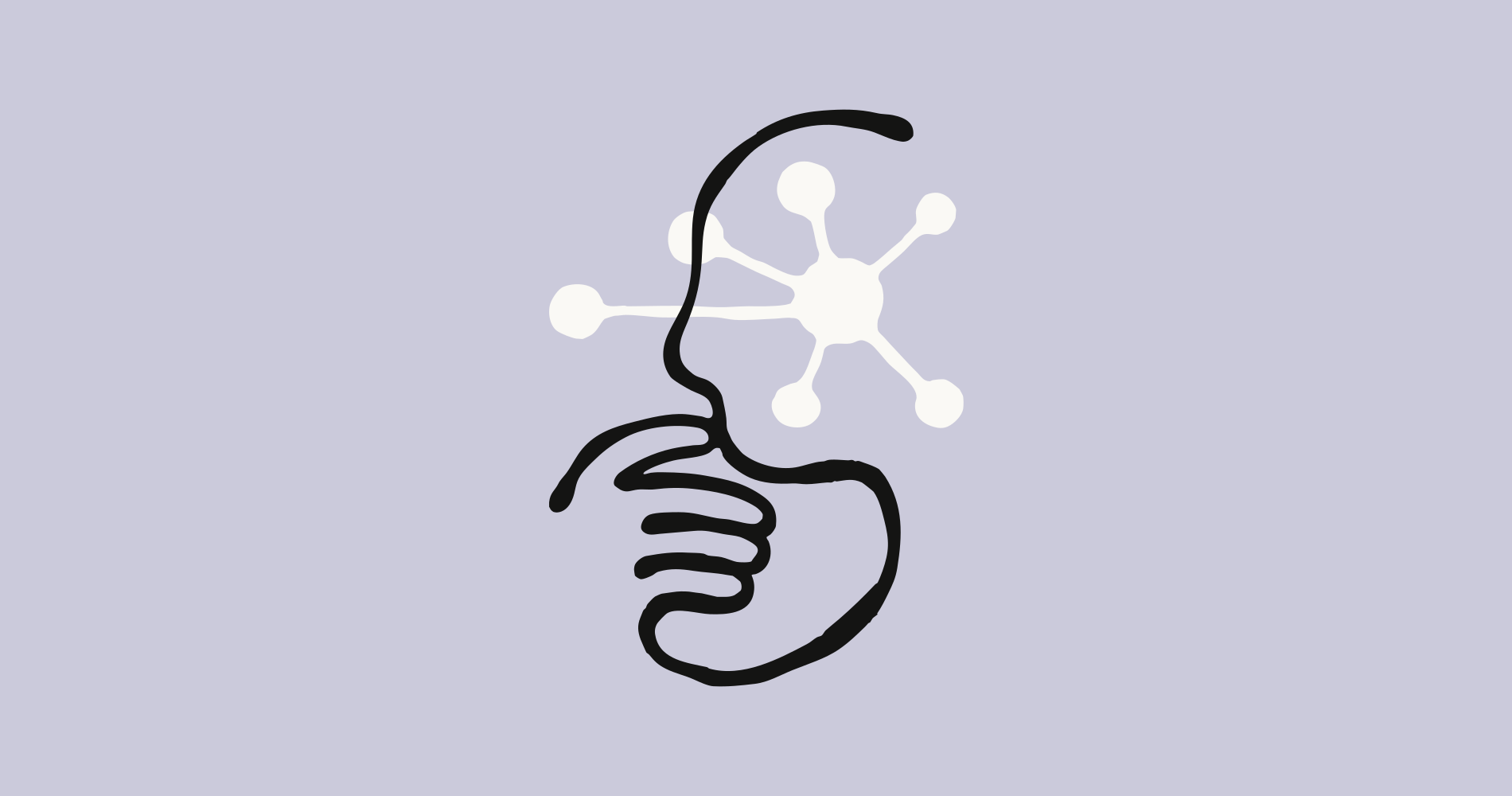

He’s been wrong about it so far and really derailed Meta’s efforts.
This is almost certainly a “you can resign or we are going to fire you” kind of situation. There’s no way with the setbacks and how badly he’s been wrong on transformers over the past 2 years that he is not finally being pushed out.






Not even that. It was placeholder textures, only the “newspaper clippings” of which was forgotten to be removed from the final game and was fixed in an update shortly after launch.
None of it was ever intended to be used in the final product and was just there as lorum ipsum equivalent shit.